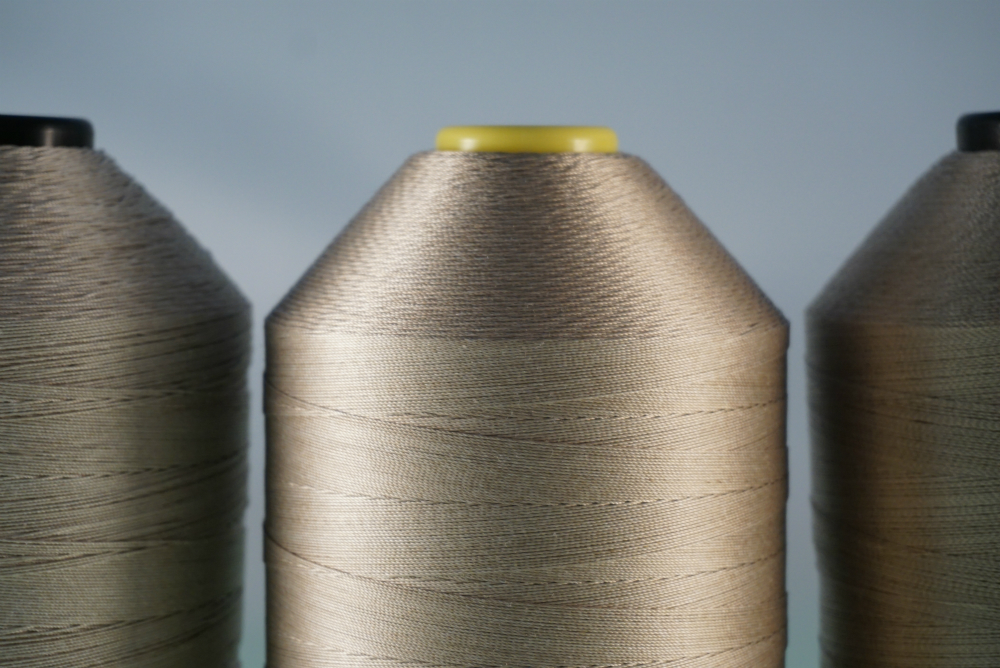“Wow, that thread is a bargain!”… haven’t heard that in a while, but when it comes to PTFE coated fiberglass sewing threads or draw cords (or any of our other PTFE coated sewing thread products) used to fabricate insulation jackets, safety spray shields, filter bags or other high performance products, our sewing threads are almost always the least expensive component of any finished product and perform perhaps the most critical function by holding it all together.
When manufacturing a safety spray shield or an insulated valve cover, certainly the fabric cover material itself (whether it is PTFE coated fiberglass or another high-performance material) is by far the most expensive component. Take a look at the actual weight or length of sewing thread holding all of this together and consider that a typical yield for R753-18 is in the range of 2000 yards per pound… how many pounds are in that jacket (certainly less than one). Then look at your cost of thread used versus cost of fabric used… not even close! The same goes for the PTFE coated fiberglass draw cord holding the cover closed… not even close!
Certainly the “work-horse” of the high temperature sewing thread market is our PTFE coated sewing thread made with E-glass fiberglass. This is our R753-series thread. The cost per pound certainly increases when using S-2 glass threads or Quartz sewing threads, but the performance characteristics also improve dramatically, especially when it comes to maximum operating temperatures. Then look at our PTFE coated Kevlar* threads where the cost may seem high, especially if we’ve twisted in one or more ends of Inconel wire…but that yield is in the range of 3,000 yards per pound…a pretty good deal we like to think!
From a manufacturing standpoint, it is worth noting that when yields are in the thousands of yards per pound of thread, processing time is also great. Twisting time, coating time and of course raw material costs add up to what may seem like an expensive thread, but this is not cotton and much is demanded of it in the field. We perform all twisting and coating functions in-house, which allows us to react quickly to new opportunities, make small runs and control costs as much as possible, but when you consider what this thread does and how relatively little of it is a cost component in the final product, you can’t help but think “Wow, that thread is a bargain!”.
*Reg. DuPont

